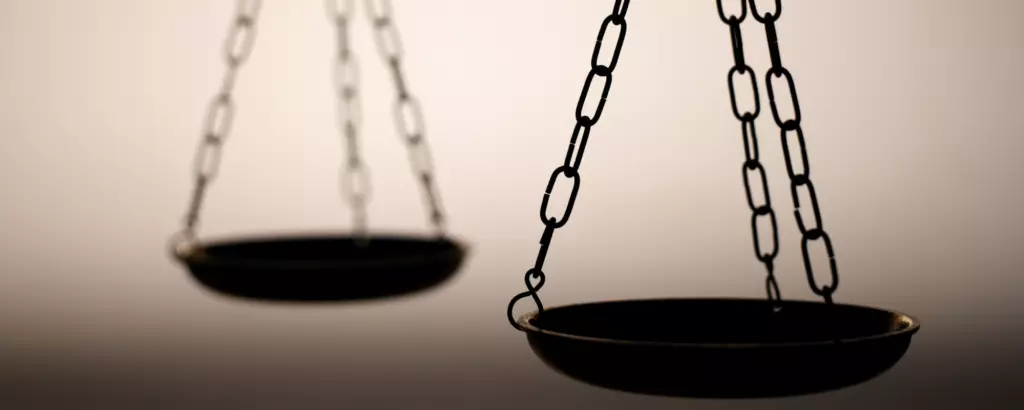If you’re struggling with debt, it can be hard to know where to start. Two of the most common solutions in the UK are an Individual Voluntary Arrangement (IVA) and a Debt Relief Order (DRO).
Both can help you manage or write off unaffordable debt, but they work in very different ways. Understanding how they compare, including how they affect your payments, assets, and credit record, can make all the difference in choosing the right option for you.
This guide breaks down the key differences between IVAs and DROs, helping you make an informed decision about which solution best suits your circumstances.
Understanding Individual Voluntary Arrangements (IVA) and Debt Relief Orders (DRO)

IVA and DRO are officially designated as ‘formal,’ meaning they are legally binding agreements between debtors and their creditors, overseen by regulated Insolvency Practitioners.
While they share the common goal of helping individuals overcome their debts, their approaches differ significantly.
An IVA is a legally binding agreement between a debtor and their creditors to repay a portion of their debt, including missed debts, over a specified period.
On the other hand, a DRO is specifically designed for individuals with low income, low assets, and unsecured debts below a particular threshold.
Deciding between these two debt solutions requires a thorough understanding of their respective processes, eligibility criteria, and impacts on your credit score.
What is an Individual Voluntary Arrangement (IVA)?
An Individual Voluntary Arrangement (IVA) is a legally binding agreement between a debtor and their creditors to repay a portion of their debt, including payday loans, over a set period of time.
To be eligible for an IVA, you must have a debt of at least £6,000 to multiple creditors and a consistent, secure income to make one affordable monthly payment.
One significant advantage of an IVA is that it does not prevent you from holding a company director position. Upon successful completion of an IVA, the remaining debt is annulled, and creditors consider the issue resolved.
This means that after fulfilling the terms of the agreement, you can finally move on from your debt and focus on rebuilding your financial future.
What is a Debt Relief Order (DRO)
A Debt Relief Order (DRO) is a debt solution specifically tailored for individuals with low income, low assets, and unsecured debts below a certain threshold. When applying for a DRO, you will work closely with a debt adviser to facilitate the arrangement and manage the associated fees.
Unlike an IVA, a DRO requires a one-time application fee of £90, which is non-refundable if the application is rejected.
Notably, no monthly payment is mandated for a DRO, making it a more accessible option for those with limited financial means.
However, it’s crucial to be accurate and thorough when listing your debts in your DRO application.
If a debt is omitted, it cannot be included later and must be repaid in full once the DRO agreement has concluded.
Additionally, if your financial circumstances improve during the DRO period, you may be required to repay your debts.
Comparing IVA and DRO: Key Differences
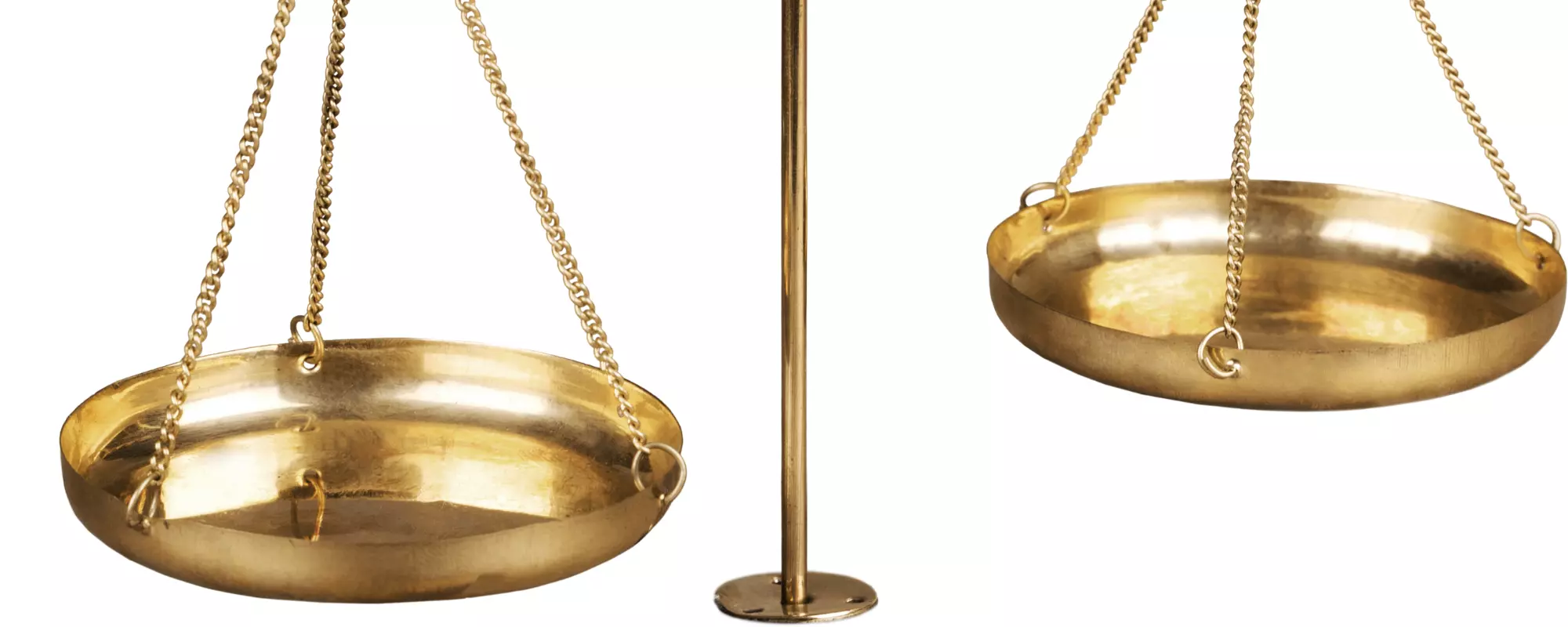
Both solutions can help manage unsecured debts such as personal loans and credit cards, so the best solution is the one you feel fits your circumstances and future plans.
So when comparing IVA and DRO, you’ll need to consider their key differences in terms of duration, eligibility criteria, and impact on credit rating.
While a DRO is tailored to individuals with low income and limited assets, an IVA is intended for those who own assets and can make payments towards their debts.
A DRO only lasts one year, whereas IVAs typically last 5-6 years.
As for eligibility, an IVA requires a minimum of £6,000 in unsecured debt and the capacity to make regular payments, while a DRO necessitates less than £50,000 in unsecured debt and a disposable income of less than £50 per month.
Lastly, both an IVA and a Debt Relief Order have a negative impact on your credit file for six years.
Duration and Completion
One of the primary distinctions between an IVA and a DRO is their duration.
An IVA usually lasts between 5-6 years, which means a longer commitment to the debt solution.
However, this extended duration also allows for more manageable monthly payments and the potential for a higher percentage of debt repayment.
In contrast, a DRO only lasts for one year, which means that after this period, any remaining qualifying debts are written off.
This shorter timeframe can be appealing to those looking for a quicker path to debt relief.
Eligibility Criteria
When it comes to eligibility criteria, IVA and DRO cater to different financial situations.
To be eligible for an IVA, you must have unsecured debts of more than £6,000, be in debt with at least two different creditors, and may possess a house or another asset of value.
For a DRO, you must be unable to repay your debts and not possess any assets or a home with a value exceeding £2,000.
These criteria ensure that each debt solution is tailored to the specific needs and financial capabilities of the individuals it serves.
Repayment Term and Assets
When considering an IVA or DRO, it’s essential to understand the repayment term and how your assets will be affected.
Impact on Credit Rating

Both IVA and DRO will have a negative effect on your credit rating, which can make it more difficult to obtain credit in the future.
Additionally, changes in financial circumstances can lead to serious consequences, including the potential imposition of a Debt Relief Restrictions Order, which can extend the terms of the DRO for up to 15 years if the individual misleads the official receiver or no longer meets the criteria.
An IVA will stay on your credit file for six years from the date of approval, while a DRO will be present on your credit report for six years from the date of entering the DRO.
However, it’s important to note that after successfully completing an IVA or DRO and working to rebuild your credit, it is possible to improve your credit rating over time.
Debts Included and Excluded in IVA and DRO
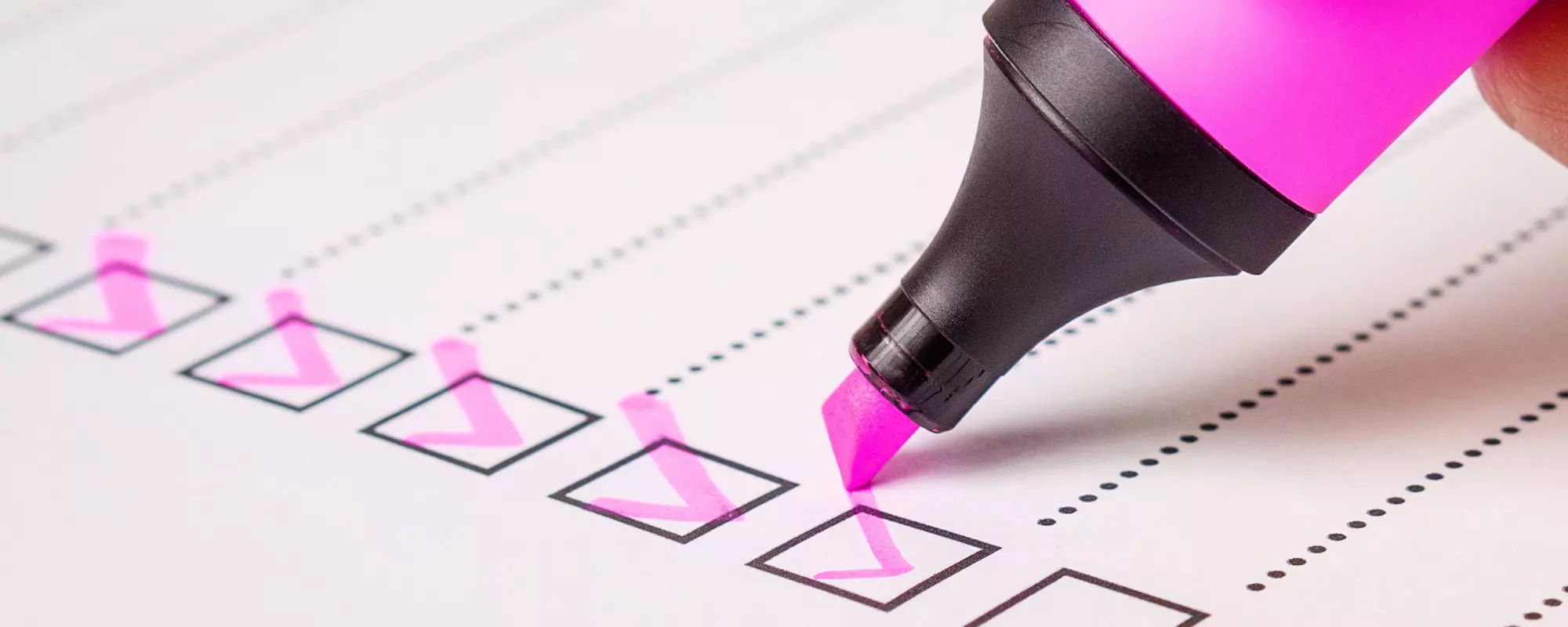
As you weigh the pros and cons of IVA and DRO, it’s essential to understand which debts can be included and excluded in each plan.
In general, both IVA and DRO encompass most unsecured debts such as:
-
Credit and Store Cards
-
Loans
-
Overdrafts
-
Arrears on household bills
However, there are some differences in the types of debts that can be included and excluded in each plan, which may influence your decision on which debt solution is most suitable for your situation.
Debts Included in IVA
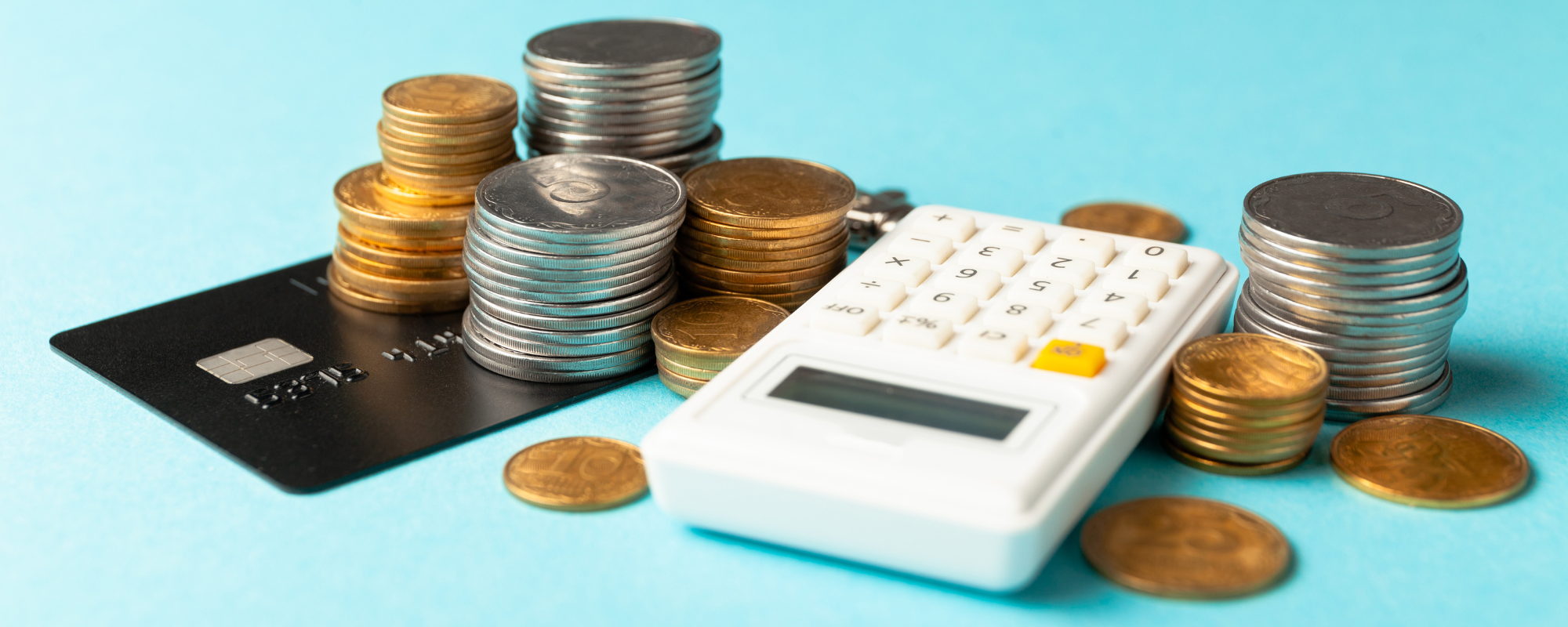
Most unsecured debts, such as credit cards, loans, and overdrafts, can be included in an IVA.
An IVA may also encompass certain elements of secured debts, like mortgage shortfalls. This can be advantageous for individuals who want to protect their home or other valuable assets while working towards debt relief.
Debts Excluded from IVA
While an IVA covers a wide range of unsecured debts, some debts cannot be included in the plan. These include priority debts and priority debt arrears, such as mortgages, secured loans, and student loans.
If you have significant priority debts, it’s important to consider how an IVA might not fully address your debt situation and explore alternative debt solutions first.
Debts Included in DRO
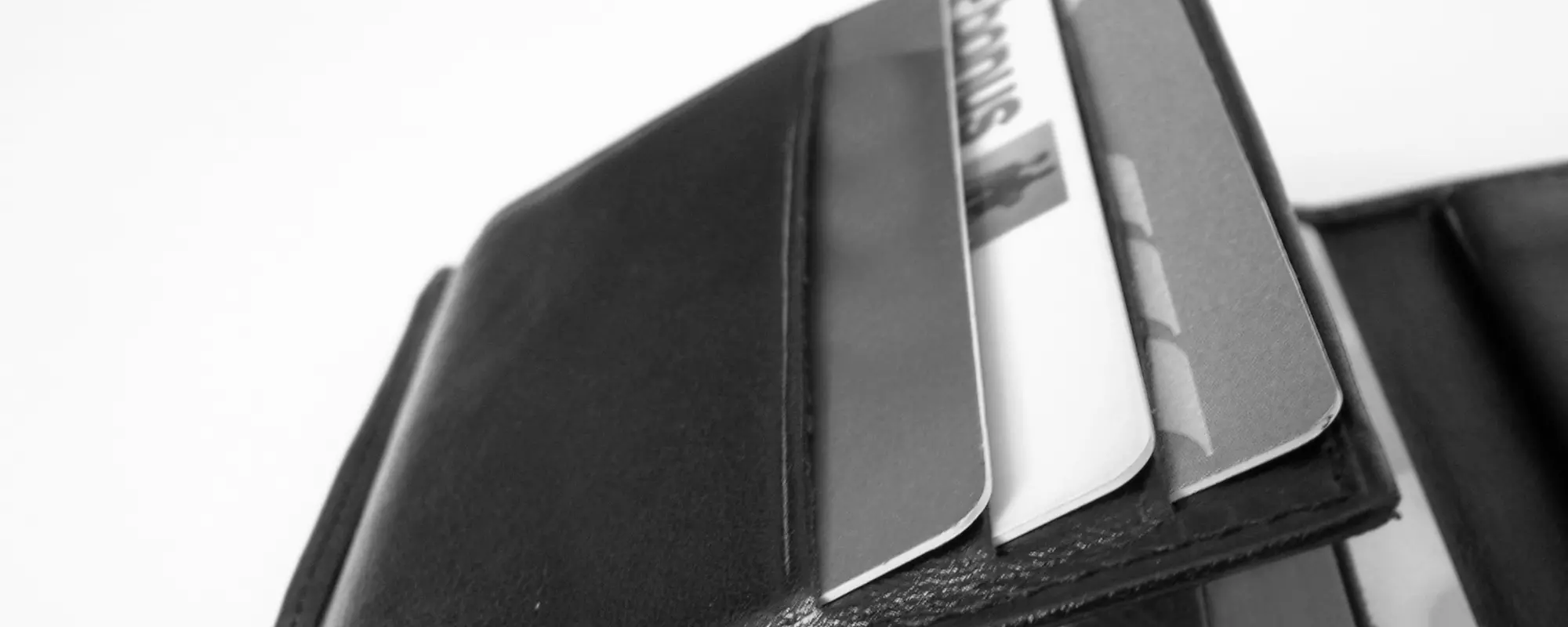
Similar to an IVA, a DRO covers most unsecured debts, such as credit cards, loans, and overdrafts. However, a key difference is that a DRO does not include secured debts like mortgages or hire purchase agreements.
As a result, a DRO may be more suitable for individuals who primarily have unsecured debts and do not own significant assets.
Debts Excluded from DRO
A DRO excludes certain debts, including:
-
Secured loans
-
Mortgages
-
Rent arrears that are more than 12 months old
-
Court fines
-
Child maintenance
-
Student loans
-
Debts that are not included in the DRO
It’s essential to carefully assess your debt situation and consult with a debt advisor to determine if a DRO is the best option for you, considering the types of debts that are and are not included.
A DRO can be a great way to get out of debt, but it’s not.
The Application Process: IVA vs DRO

The application process for IVA and DRO has some similarities and differences. Both require the assistance of professionals, such as an Insolvency Practitioner for an IVA and an authorised intermediary for a DRO.
Understanding each debt solution’s application process can provide valuable insight into which option might be more suitable for your specific needs and circumstances.
Applying for a IVA
To apply for an IVA, you’ll need to find an Insolvency Practitioner, who will assess your case and determine if an IVA is the right debt solution for you.
They will help you compile the necessary information, including details about your income, expenses, assets, and debts.
Once this assessment is complete, the Insolvency Practitioner will negotiate with your creditors on your behalf and submit a proposal to them.
If 75% of your creditors agree to the proposal at what is known as a , the IVA will be approved. You can then begin making monthly payments towards your debts under the agreed-upon terms.
This collaborative process ensures that both you and your creditors have a say in the final IVA agreement.
Applying for an DRO
The application process for a DRO involves working with an authorised intermediary. The intermediary will review your financial situation and determine if a DRO is the most suitable debt solution for you.
They will help you gather the necessary personal information, such as your full name, contact details, and addresses for the last three years.
Once your intermediary has completed their assessment, they will submit your DRO application to an official receiver for approval.
If the official receiver approves your application, your DRO will be in effect for 12 months after court approval, during which time you will not be required to make any payments towards your qualifying debts.
Pros and Cons of IVA and DRO

As with any financial decision, weighing the pros and cons of IVA and DRO before deciding which debt solution is right for you is essential.
Both options offer unique advantages and drawbacks, and your individual circumstances and financial situation will play a significant role in determining the best course of action.
By understanding the benefits and limitations of each solution, you can make an informed choice that will put you on the path to financial freedom.
Advantages of IVA
An IVA offers several advantages, including:
-
Providing protection from creditors
-
Freezing interest and charges on debts
-
Enabling affordable monthly payments
-
Safeguarding assets such as your home
This makes it an attractive option for those who have a steady monthly income and can commit to making regular payments towards their debts.
Additionally, an IVA is a legally binding agreement, which means that once you’ve successfully completed the plan, your remaining debts will be written off, and you can move forward without the burden of overwhelming debt.
Disadvantages of IVA
On the other hand, IVAs come with some drawbacks.
They are legally binding, which means you must adhere to the agreed-upon terms, and they can have a negative impact on your credit rating for six years.
Additionally, an IVA typically lasts between 5-6 years, which is a longer commitment than a DRO.
Some individuals may also face potential employment consequences due to an IVA, as certain occupations might not permit employees with financial difficulties to maintain their position.
Advantages of DRO
A DRO offers a more economical alternative to an IVA, as it has the following benefits:
-
One-time application fee of £90
-
Shorter duration of just 12 months
-
Legally binding agreement that provides protection against creditors
-
Suspends interest and charges on unsecured debts
Upon completion of the DRO, your debts will be discharged, and creditors cannot take further action against you, offering a fresh start and a quicker path to debt relief.
Disadvantages of DRO
While a DRO may seem like an appealing option, it does come with some limitations.
It’s only available to those with low incomes, limited assets, and unsecured debts below a certain threshold.
Additionally, a DRO can have a negative impact on your credit rating for six years, which can make obtaining credit in the future more challenging.
It’s also worth noting that not all types of debt are included in a DRO, so it’s essential to carefully assess your debt situation to determine if this option is right for you.
IVA or DRO – Which one is best?
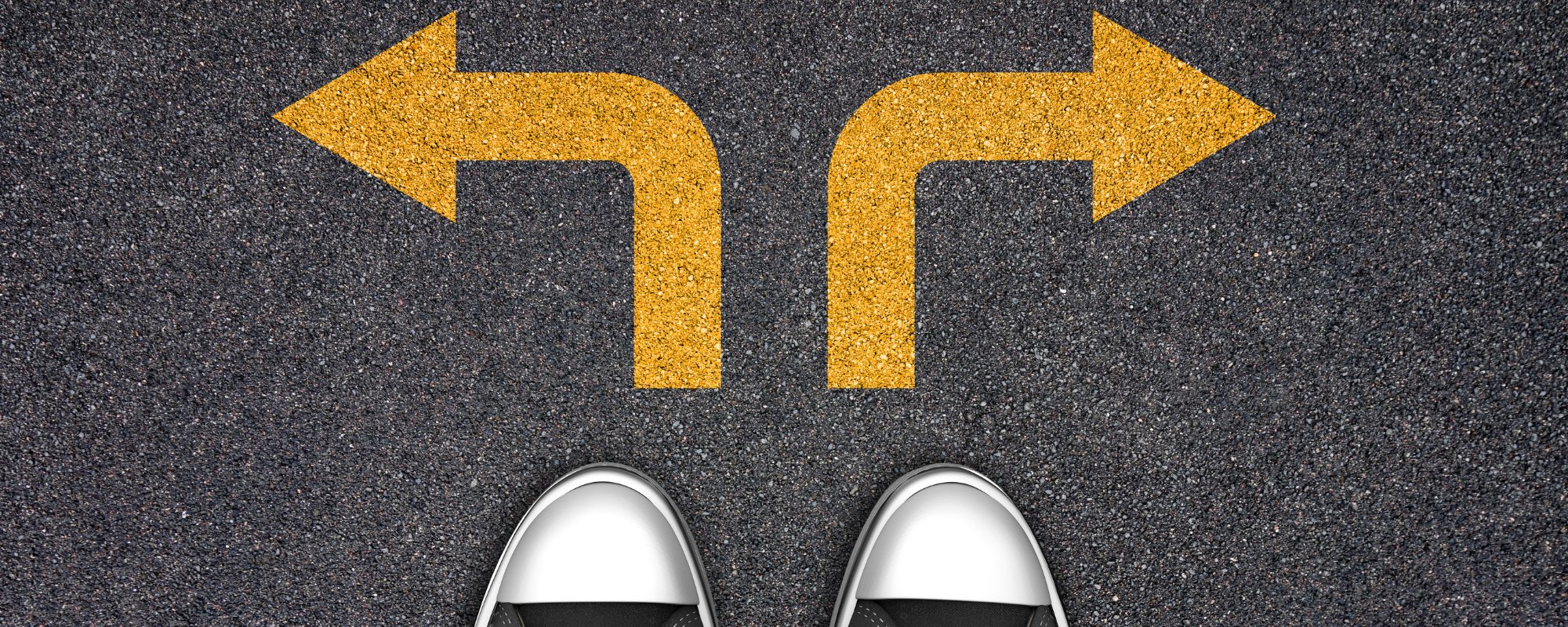
Ultimately, the choice between an IVA and a DRO depends on your individual circumstances and financial situation.
If you have a stable income and can commit to making regular payments towards your debts, an IVA may be a more suitable option.
Conversely, if you have a low income, limited assets, and unsecured debts below a certain threshold, a DRO might be the better choice.
It’s crucial to seek professional debt advice, such as from an Insolvency Practitioner or debt advisor, to help you evaluate your options and determine the most appropriate debt solution for your needs.
How to Choose Between a DRO and an IVA
Choosing between a DRO and an IVA depends on your individual circumstances, including your debt level, income, and assets. Here are some factors to consider:
Seeking Professional Debt Advice

Obtaining professional debt advice is paramount in identifying the most suitable debt solution for your specific needs and circumstances.
A debt advisor or insolvency practitioner can help you with the following:
-
Formulate a plan for managing your debt
-
Negotiate with creditors to suspend interest and fees on your debt
-
Provide advice on more effective methods of managing your finances and accessing benefits or entitlements.
Seeking professional debt advice in a timely manner is likely to provide a more informed decision process on your path to debt freedom.
Wondering how to find reputable debt advice? Read our article on how to spot IVA companies to avoid
Where to Get Debt Advice
If you’re struggling with debt and need advice on which debt solution is best for you, there are several options available:
Summary
In conclusion, both Individual Voluntary Arrangements (IVA) and Debt Relief Orders (DRO) offer valuable debt management solutions for those struggling with overwhelming debt.
While they share some similarities, their key differences in duration, eligibility criteria, and impact on credit rating make them suitable for different financial situations.
By carefully considering the pros and cons of each option, seeking professional debt advice, and evaluating your individual circumstances, you can make an informed decision that will ultimately lead you towards financial freedom and a brighter future.
Where you seek this advice is also extremely important. Some companies to avoid would be debt solutions firms who do not give you information on all the options you are eligible for.
This is a clear sign that the organisation may be more financially motivated than providing best advice.
Frequently Asked Questions
Is an IVA better than a debt relief order?
Whether an IVA or a DRO is better will depend on an individual’s financial circumstances, but generally an IVA is suited to those with unsecured debts over £6,000, multiple creditors, and potentially assets of value.
A DRO is more suitable for those with low income, no assets such as a house or car, and unable to make repayments with unsecured debt below £30,000.
Can I change from an IVA to a debt relief order?
Yes, it is possible to change to a DRO from an IVA, however it isn’t just a simple switch over.
In addition, it may not always be the best solution for your circumstances and it is best to discuss with your insolvency practitioner before moving forward.
Are IVA and DMP the same?
No they are not.
Although they both consolidate debts into a monthly affordable payment, an Individual Voluntary Arrangement (IVA) is legally binding.
A debt management plan (DMP) is an informal arrangement with your creditors, meaning creditors can still continue to pursue legal action.
What is the better option than IVA?
With debt solutions, there is no better or worse solution as a general rule of thumb.
This is due to everyone circumstances being unique and different, so what is a better option for someone else may not necessarily be the best option for you also.
Can I include my mortgage in an IVA?
No, it is not possible to include your mortgage in an IVA, as it falls under the category of secured debt.
This means as the mortgage is secured against the property, failure to keep up to date with repayments could lead to repossession.
Can I get a DRO if I already have an IVA?
No, you can’t hold both at the same time. If you currently have an IVA but your financial situation has changed, speak to your Insolvency Practitioner. They can advise if ending your IVA and applying for a DRO might be more suitable.
Can I keep my car if I get a DRO?
Usually, yes, but only if the car is worth less than £2,000 and is essential for work or daily life. Vehicles over this limit may affect your eligibility for a DRO.
Are there any fees for an IVA or DRO?
An IVA doesn’t usually require upfront fees such as your Insolvency Practitioner’s costs are included in your monthly payments. A DRO, however, has a one-time £90 fee that must be paid before your application is approved.
What happens after a DRO or IVA ends?
Once completed, your qualifying debts are written off, giving you a clean slate. You can start rebuilding your credit score by keeping up with bills, managing a basic bank account, and staying debt-free.



